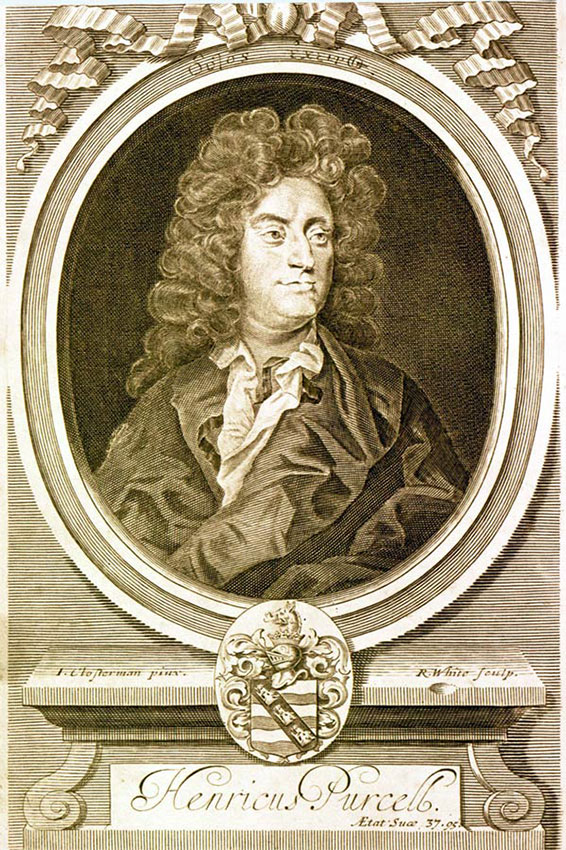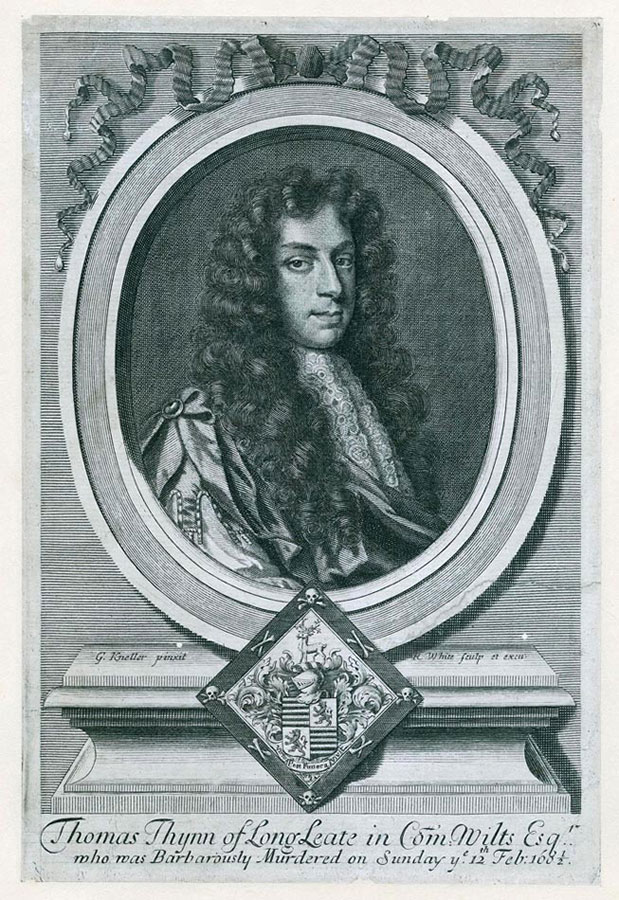Charles Williams
In the north choir aisle of Westminster Abbey is a marble cartouche near the grave of Charles Williams. There was formerly a winged skull beneath it. The Latin inscription can be translated:
Charles Williams, Esquire, of Caerleon in the county of Monmouth, died the 29th of August 1720 aged 87. He was truly a Christian, a strenuous defender of the Church of England, a lover of his country and defender of public liberty; towards the poor, those especially of his neighbourhood, devoutly liberal, to his friends generously munificent, particularly to him who out of a grateful soul erected this monument. J.H.
In his will he requested to be buried near members of the Mansell family (with whom he had financial dealings) and William Morgan in the Abbey. He was a son of Thomas Williams (died 1666) and his wife Lettice and was born in 1633. He had a brother William. He lived in a large manor house in his home town but had to flee when he fatally wounded his cousin, Edmund Morgan, in a duel. Friends smuggled him to Bristol where he sailed to Turkey and became a wealthy merchant in the fig trade. He later received a Royal pardon and returned to London. He died at his house in Bow Street, Covent Garden. The school he founded in Caerleon still exists and he left his fortune to John Hanbury (1664-1734), who put up the memorial. He also left annuities to his niece Elizabeth, widow of William Seys of Swansea, and her son.
Sir Charles Hanbury-Williams
John Hanbury's son Sir Charles was later buried near to Charles on 10th November 1759 but has no memorial or readable gravestone. His mother was Bridget (Ayscough) and he was born on 8th December 1708 assuming the surname of Williams in accordance with his godfather's will. His baptism took place at St James' Piccadilly. He was a Member of Parliament, a writer, and ambassador to various courts and was created a Knight of the Bath.
He married Lady Frances, daughter of the 1st Earl of Coningsby, in 1732 and she was buried in St John the Baptist's chapel in the Abbey on 24th December 1781. Her name is recorded on a stone there. His will was proved by his brother George. (Another brother was Capel Hanbury whose wife Jane and two daughters are buried in St Margaret's Church, Westminster). His daughters were Frances (who married William Capel) and Charlotte (who married Robert Walsingham, son of the 1st Earl of Shannon).
Further reading
Oxford Dictionary of National Biography
"Charles Williams of Carlyon. His life and his legacy" by Roland Ward, 2016
"Charles Williams of Carlyon. His life and his legend" by Roland Ward, 2021

This image can be purchased from Westminster Abbey Library
Image © 2024 Dean and Chapter of Westminster










